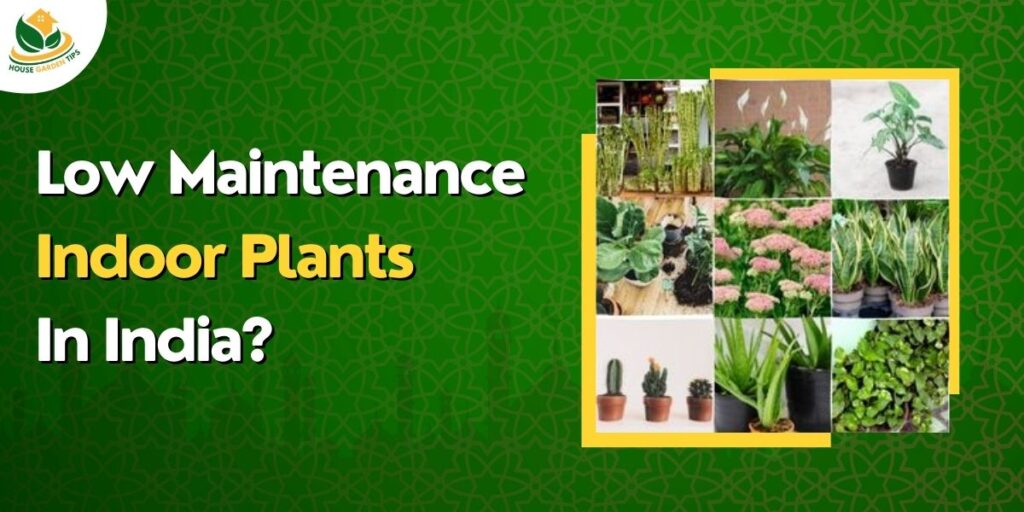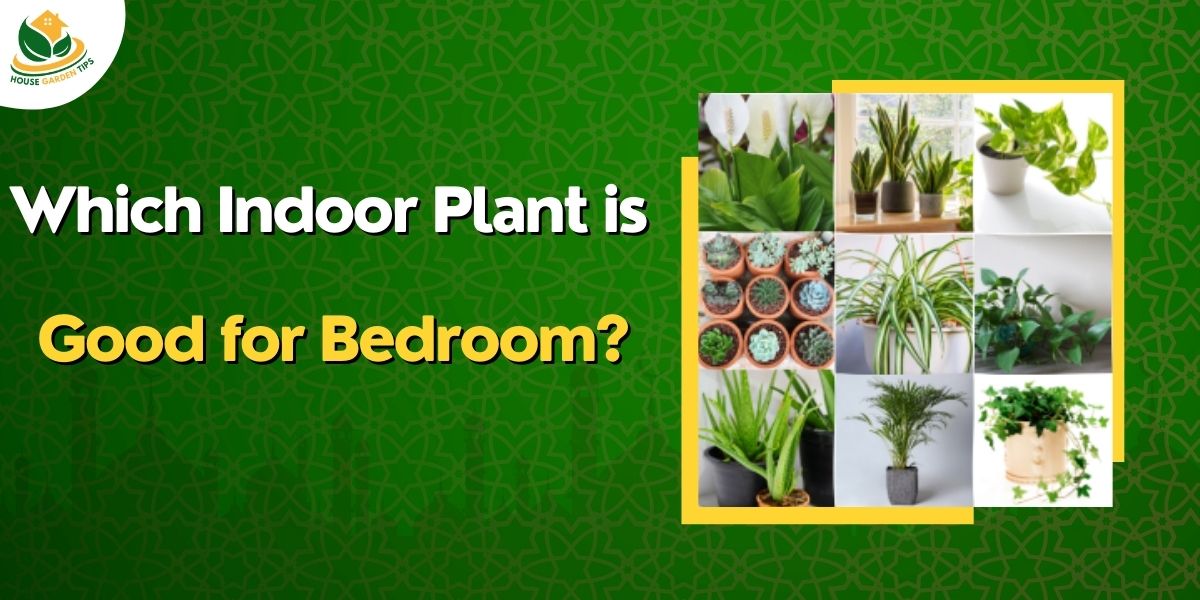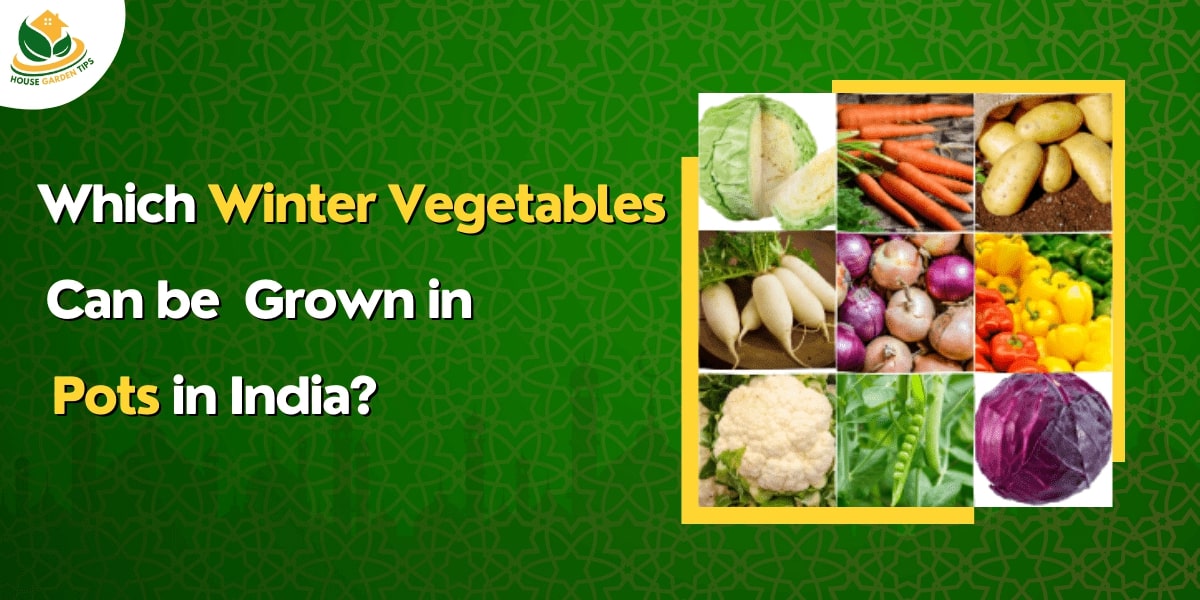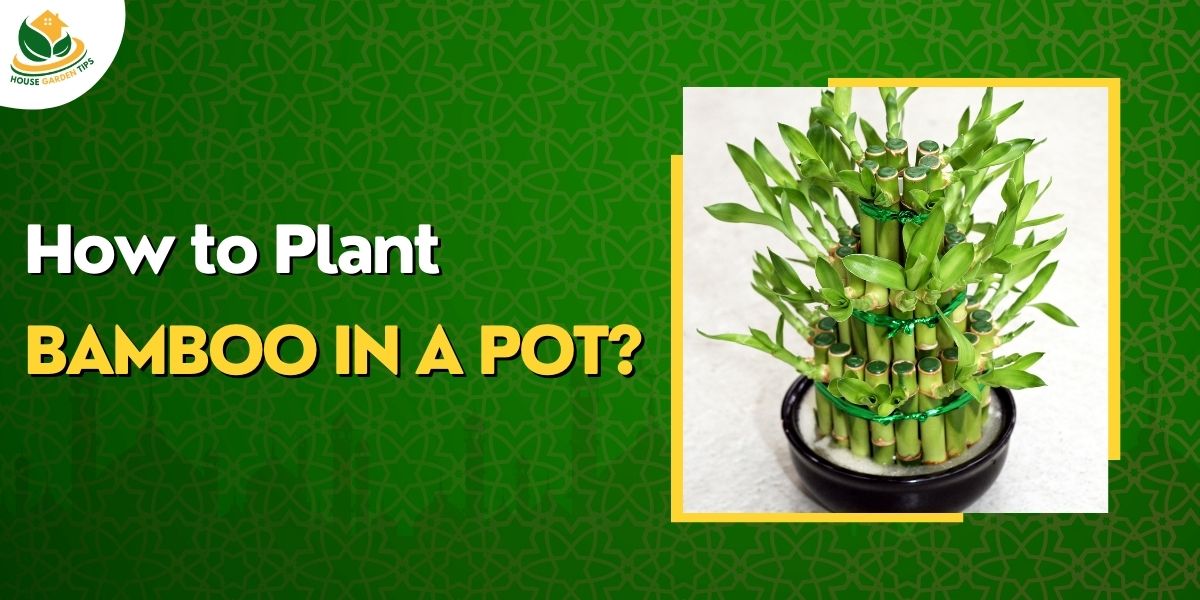Table of Contents
Must Know Low Maintenance Indoor Plants In India
If you are looking for easy and low-maintenance indoor plants, consider one of the wide varieties of house plants. There are many different types of house plants that are easy to be taken care of, and they come in various shapes and sizes.
When looking for a plant that will look great but won’t require a lot of care, there are a few things to consider. First, look for plants that naturally grow in shady places – they are more likely to adapt to your home’s environment without needing a lot of special care. Second, avoid plants that require a lot of direct sunlight or high temperatures, as those will require more frequent watering. Finally, consider choosing a plant with a short lifespan so that it won’t grow too large or become too difficult to maintain over time. Plant with long life spans tends to be more difficult to keep alive. Here are a few examples of low-maintenance houseplants.
11 Best low maintenance indoor plants to grow in India
1. ZZ PLANT
ZZ plant – also known as Zamioculcas zamiifolia. This fast-growing plant is known for its dark green leaves and attractive waxy flowers. Its deep green foliage will add a pop of colour to any room of the house, and it can survive in dry conditions when watered occasionally. It’s a good choice for low-light areas because it requires very little light to thrive.
Another great thing about this plant is that doesn’t require much maintenance – it doesn’t even need pruning! It’s extremely resilient and can adapt to different environments with ease. This plant does well in both indoor and outdoor environments. Place it in your bedroom & keep it close to your bed so that you can water it at night while you go to sleep. That way you won’t have to wake up early in the morning to let the plant dry out overnight.
2. SNAKE PLANTS
Snake plants (Sansevieria trifasciata) are one of the best low-maintenance indoor plants. Snake plants come in a variety of colours, making it easy to find one that suits your style. Common varieties include white, green, and yellow stripes as well as solid purple, pink and red leaves. No matter which variety you choose, you are sure to love the snake plant’s unique appearance and ease of care.
They can grow in all kinds of environments, including low-light areas. They require little to no watering once established and can survive for weeks without sunlight. Simply mist them with water for a few times a week and place them in a well-lit area of your home. That’s it! They’ll do all the growing for you!
3. PEACE LILY (Spathiphyllum wallisii)
Peace Lily is an easy to grow indoor plant that is loved for its large, tropical-looking flowers. With leaves that are glossy green and linear in shape, these plants require very little care. They are ideal for smaller spaces and can be placed on windowsills, countertops, or tabletops. While peace lilies need very little water to survive, they do need to be placed in a sunny location with bright light to keep them looking their best.
Regular misting will help maintain their moisture. In the spring, the peace lily should be transplanted outdoors in a sunny area. Place the plant in potting soil and add plenty of compost to the planting hole to keep the roots moist. If the temperature in your area is consistently above 60℉, the plant will continue to grow and produce new flowers throughout the summer. If you live in a cooler climate, the plant should be allowed to die back in the fall so it can be brought indoors when the weather turns cold.
4. ALOE VERA
Aloe Vera is a great addition to any room in your home, as they require very little care. Aloe vera can grow in a variety of conditions, making it perfect for an indoor plant. They can grow in low light conditions, but they will grow better in medium light conditions, with temperatures ranging between 75-90℉. When growing aloe vera indoors you should place the plant on a windowsill that gets a lot of sunlight during the day so that the plant can receive enough light.
While your plant is growing up you will want to water it every few weeks and when it is growing bigger you will need to water it more often. The plant can tolerate drought, though watering it thoroughly will help keep it healthy. You will know it is time to water the plant when the top few inches of the soil are dry. Aloe vera plants generally last about 2 years before they need to be replaced. This plant makes a great addition to any room in your house and is suitable for any home gardener!
5. ARROWHEAD PLANT
The Arrowhead plant (Aristolochia macrophilia) is an indoor plant that is great for fast-growing, and can be grown in a variety of climates. Shapes and colours will vary based on the variety and the climate, the plant is grown in. Some varieties have pointed leaves while most varieties have rounded leaves. Some are green while others are variegated with shades of red or pink. All varieties can grow to be up to six feet in height and have excellent air purifying qualities.
They require minimal care once established and grow well indoors in medium-light conditions with minimal watering requirements. Water when the soil feels dry to the touch but do not over-water! Generally, propagate through division rather than seeds. Remove dead leaves and flowers to maintain good health. Place in bright but indirect light conditions and avoid direct sunlight to prevent leaf burn. Feed with a water-soluble fertilizer every three weeks or so for healthy growth and colour enhancement. Remember to keep the relative humidity levels above 50% to avoid fungal growth on the leaves.
6. SEDUM PLANT
The Sedum plant family is one of the best choices of indoor plants. Sedum plants have a long root system that helps them to get nutrients and water from deep in the soil. They also require very little water, which makes them a great choice for locations with limited access to water.
In addition to their low maintenance requirements, the sedum plant family is also extremely tolerant to drought conditions. In drier climates, your Sedums should be watered about once every 10 days, while those living in more humid climates should be watered once or twice per week. For best results, you should water your Sedum plants during the early morning hours so that they are fully dry by nightfall. This will help to prevent the development of mould and mildew.
7. LUCKY BAMBOO
One of the best things about owning a house is that you can choose what kind of plants to put in it. If you are looking for easy to maintain plants, lucky bamboo is a great option! This plant grows quickly, so you’ll have the satisfaction of watering your plants to grow a lot faster than you would with other plants. This plant also doesn’t require any special care or pruning. All you need to do is give it a little water every now and then. It doesn’t need a lot of sunlight either, so it can survive in shady places too.
You will get the best results if you let it dry out between watering. This will keep the soil from being too moist and prevent fungal growth as well. If you want to keep your lucky bamboo healthy, it’s important to make sure that you keep it out of the reach of children and pets as well. This will protect them from getting accidentally injured and also reduce the risk of mould growing on the leaves. These steps will make sure that your lucky bamboo remains happy and healthy for years to come!
8.AIR PLANTS
Air plants and succulents are plants that can be kept indoors in most climates. These plants require little water and can be grown in containers or hanging baskets. They are often mistaken for cactus, but air plants and succulents are different plants with different care requirements. An Air plant is a strange plant without roots that grow attached to the surface of the soil with a root-like structure called a “rhizome”.
The air plant absorbs water and nutrients from the soil and releases them into the plant as needed. Watering an air plant should be done sparingly as the plant does not store water in its roots. Air plants do not do well in direct sunlight and should not be exposed to high temperatures. However, they can survive at moderate room temperature and humidity levels. To care for an air plant, simply mist the leaves with water weekly and place the plant in a suitable container.
9.THE SUCCULENT DRACENA
Dracena is a genus of about 600 species of plants in the figwort family, Apocynaceae. The plants are often called dragon plants because of their succulent leaves and branches that resemble a dragon’s body. They are easy to grow and maintain and tolerate watering fairly well.
If you forget to water them for a few days, they will let you know by turning brown along the edges and losing their leaves. Once the plant is dried out, you can let it dry out completely and then soak it in water until it comes back to life.
10. CACTUS
Cactus and succulents may be popular plants, but they are notoriously low maintenance. That’s because they require very little water, and most of what they need comes from the air. Succulents thrive in dry environments like deserts, which makes them a good choice for homes with less light and less moisture in the air. They don’t even need soil to thrive!
There are a few reasons why they are perfect for modern homes. First, they look great! Second, they are very easy to care for just water them when they need it! Finally, they are pet-friendly! No need to worry about these low-maintenance beauties getting meddled with by your dog or cat because they are as tough as they come.
11. MONEY PLANT
Money plant is a great low-maintenance indoor plant. This plant is easy to be taken care of and it can thrive in a variety of environments. Money plant grows well in a whole range of climates and can tolerate low light levels.
It does not require a lot of water or fertilizer to grow. This plant can adapt to a variety of conditions, making it a good houseplant for beginners. Money plants can be pruned to reduce their size if desired.






